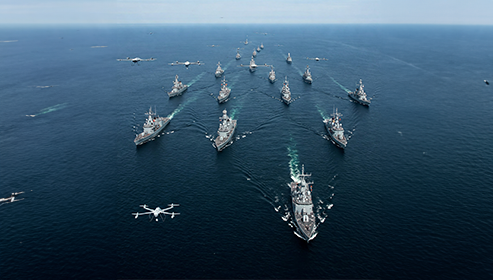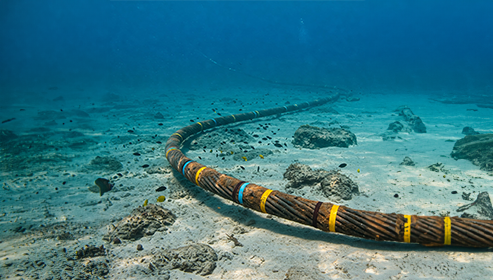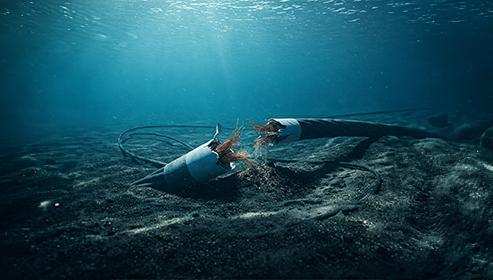TAIPEI— Taiwan’s coast guard has detained the Hong Tai 58, a cargo vessel flagged under Togo but crewed entirely by Chinese nationals, after an undersea communication cable linking Taiwan to its offshore Matsu Islands was mysteriously severed. The vessel was reportedly operating near the critical infrastructure point. Taiwan’s authorities boarded the ship after it did not clearly explain its activities in the restricted area.
This is not the first time Taiwan’s essential undersea cables have been damaged—nor is it the first time Beijing’s involvement has been suspected. The latest incident raises urgent concerns about the security of global subsea communication lines and China’s potential role in what experts call “grey zone” warfare—covert or ambiguous operations designed to exert pressure without triggering direct conflict.
A Pattern of Undersea Interference
Taiwanese officials have noted a troubling pattern: repeated disruptions to undersea fiber-optic cables connecting the self-governed island to outlying islands and the broader region. These cables carry the digital lifeblood of modern economies—internet traffic, financial transactions, and military communications.
According to Taiwan’s National Communications Commission, there have been over 27 incidents of undersea cable damage near Taiwan in the last five years. While some have been attributed to accidents involving fishing nets or ship anchors, a number of cases remain under investigation for possible intentional interference.
Geopolitical Power Play or Maritime Negligence?
China has long sought to bring Taiwan under its control, viewing the island as a breakaway province, and has increased military and economic pressure over the past few years. While Beijing officially denies engaging in sabotage, the pattern of cable disruptions has drawn heightened scrutiny from Taiwanese and international observers.
The Hong Tai 58, currently under investigation, was found operating near the severed cable site. Authorities are examining its logs and crew records to determine whether the damage was deliberate or accidental. If sabotage is confirmed, it would mark a notable escalation in China’s efforts to put pressure on Taiwan—though direct evidence implicating Beijing has not yet been made public.
Taiwanese officials have not ruled out legal action against the ship’s owners. However, maritime law can be complex, especially when incidents occur in or near international waters.
The Global Stakes of Undersea Cable Security
The disruption of undersea cables is not just Taiwan’s problem—it’s a global concern. More than 95% of the world’s internet traffic flows through submarine networks, making them prime targets for espionage or covert attacks. A well-placed disruption could cripple financial markets, disrupt communications, and complicate military coordination.
International analysts have already warned that major powers—including China and Russia—may be developing strategies to manipulate or disable these cables in times of crisis. The Waterworth Project, an initiative focused on securing and expanding global undersea cable networks, has called for heightened vigilance and reinforced infrastructure to prevent future vulnerabilities.
What Happens Next?
For Taiwan, this latest incident is a serious warning. The government has pledged to enhance its monitoring capabilities around key subsea cable routes, including increased coast guard patrols and the use of surveillance drones. Meanwhile, the United States and its allies are watching closely, as any significant disruption to Taiwan’s communications could have ripple effects across the Indo-Pacific region.
As investigations continue into the Hong Tai 58, one thing is clear—undersea cables are no longer just an infrastructure concern. They are increasingly viewed as a frontline in the broader battle for geopolitical influence.
Sources:





